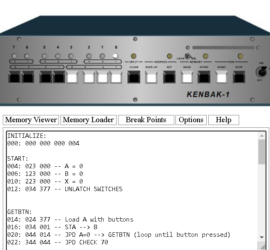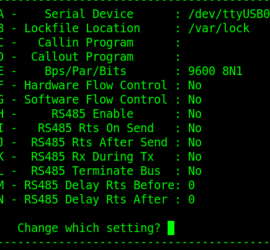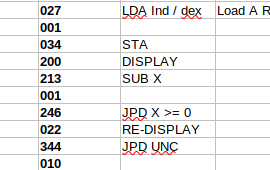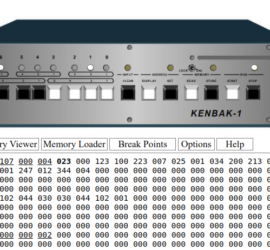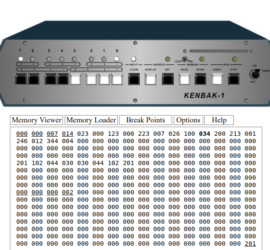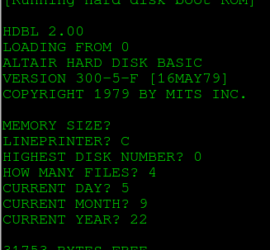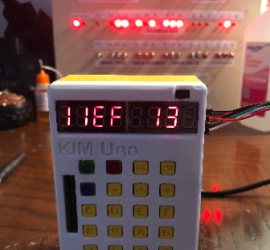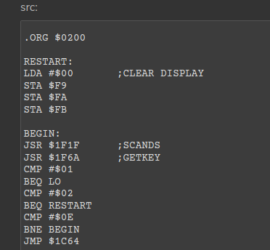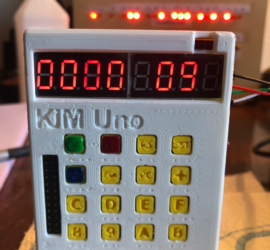Kenbak-1 Bitwise Instructions
Introduction to Kenbak-1 Bitwise Instructions The Kenbak-1 Bitwise instructions include AND, OR, and LNEG. With these instructions, think of the individual bits within an 8 bit word. With “AND”, a particular bit must be high in both the source and compare words to get the value of 1 in the Read More »


